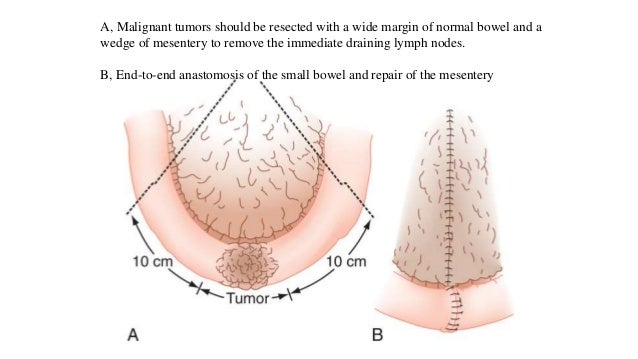


GRAPEFRUIT SIZE TUMOR ON SMALL INTESTINE FULL
Symptoms: These may include bloody bowel movements, stomach pain, abdominal swelling, nausea, feeling full after eating a small amount of food, appetite loss, and unexplained weight loss. Stomach cancer tumors are often small and relatively slow growing, so people may not be able to feel them. Gastrointestinal stromal tumors usually grow in the stomach wall or the small intestine. Symptoms: These may include a palpable abdominal mass that is tender to the touch, stomach pain, and a feeling of fullness in the abdomen. While these often grow in the spinal cord or other places in the central nervous system, they can grow in the stomach. Abdominal schwannomaĪbdominal schwannomas are a very rare type of tumor that grows from nervous system cells called Schwann cells. Symptoms: A person may experience stomach pain, abdominal swelling, indigestion, abnormal bowel movements, weakness, nausea, or vomiting.

Abdominal liposarcomaĪbdominal liposarcomas are a type of cancer that grows from fat cells in the body, including those at the back of the abdomen. In the emergency event that a AAA ruptures, a person may experience a sudden, severe stomach pain and loss of consciousness. However, a person may sometimes detect a pulsatile -meaning that it beats like the heartbeat - mass in the stomach. Symptoms: Most of the time, an AAA does not cause symptoms. If an AAA is too large, it has the potential to rupture, which can cause severe and life threatening bleeding. Some examples of these causes include: Abdominal aortic aneurysmĪn abdominal aortic aneurysm (AAA) is a medical condition that causes a weak area to develop in the abdominal aorta, which is a large blood vessel in the abdomen that brings oxygen-rich blood to the heart. There are many possible causes of a mass in the stomach. Share on Pinterest Imaging studies, an upper endoscopy, and blood tests can all help reveal the underlying cause of a mass in the stomach.


 0 kommentar(er)
0 kommentar(er)
